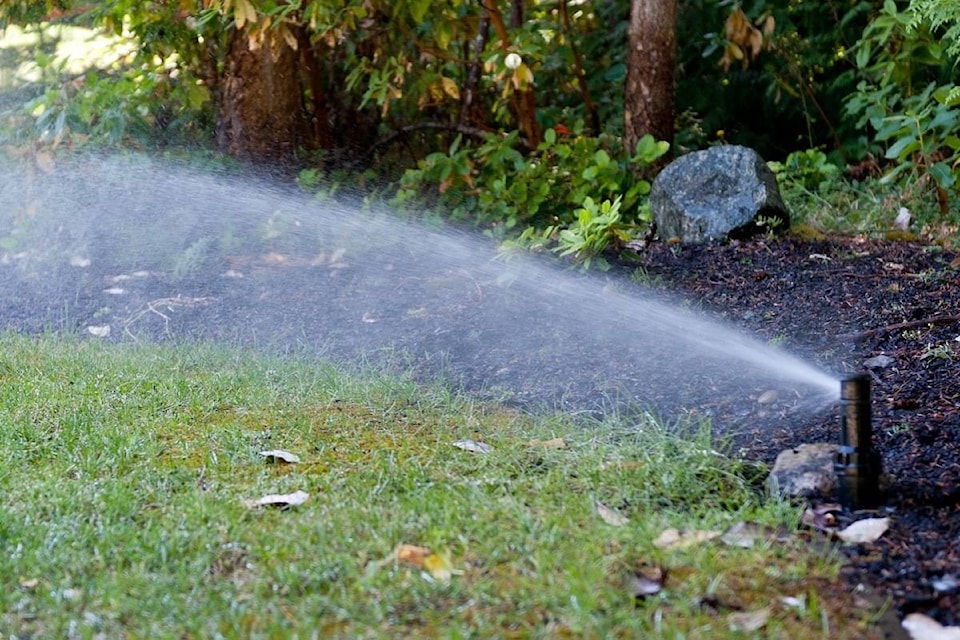With weather conditions expected to remain warm and dry in the coming week, dropping water levels have prompted the Province to announce a Level 3 drought rating for Vancouver Island and the Gulf Islands, the Ministry of Forests, Lands, Natural Resource Operations and Rural Development announced Friday, Sept. 1, 2017.
Level 3 drought conditions call for voluntary water-use reductions of 30 per cent from all surface water and groundwater users, including residents, industry, farmers and municipalities.
Ministry staff will continue to monitor river levels and may upgrade the drought level if the weather continues to negatively impact stream flows and water supplies, the Ministry said in a written release.
While some streams on Vancouver Island, especially those backed by storage reservoirs, have adequate flows, a number of important salmon streams are approaching critical environmental flow thresholds for ecosystems and fish, including juvenile steelhead, coho and chinook salmon, the ministry said. The Koksilah River, in particular, is experiencing low flows that are threatening fish populations.
If voluntary reductions of water use by 30 per cent are not sufficient to maintain flows above critical levels, the ministry may consider regulating water usage under the Water Sustainability Act. Specific actions could include the temporary suspension of water licences or short-term water approvals to restore flows to minimum critical levels in the affected streams. Ministry staff are in the process of directly contacting water users to encourage water conservation and to advise about potential water regulation.
Water users on all islands are reminded to ensure that water intakes are screened to Fisheries and Oceans Canada standards to prevent fish from being pulled into water systems as water levels drop. Low water levels can impede the passage of salmon, increase susceptibility to disease, or cause stranding or death due to low oxygen and high water temperatures.
Local water conservation bylaws may differ from provincial water conservation targets, due to local water supply and demand, and the availability of storage (lakes and reservoirs) or groundwater. Residential, agricultural and industrial water users who are located within municipalities and regional districts are encouraged to observe local water conservation bylaws where they exist.
— Provincial news release
